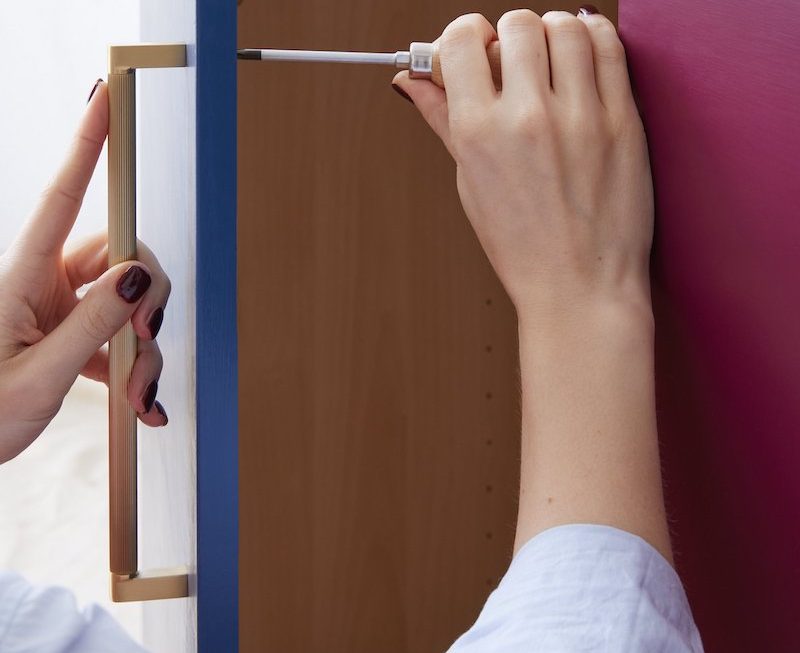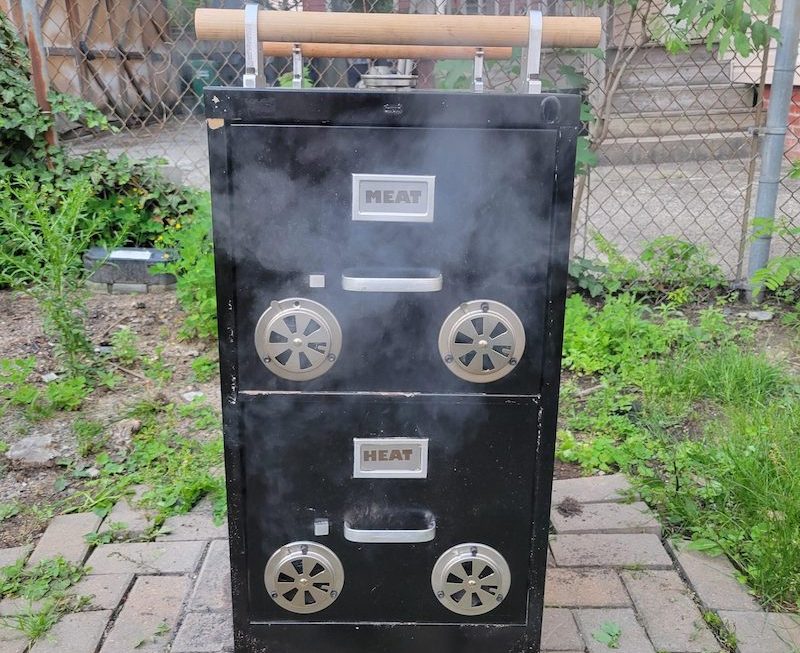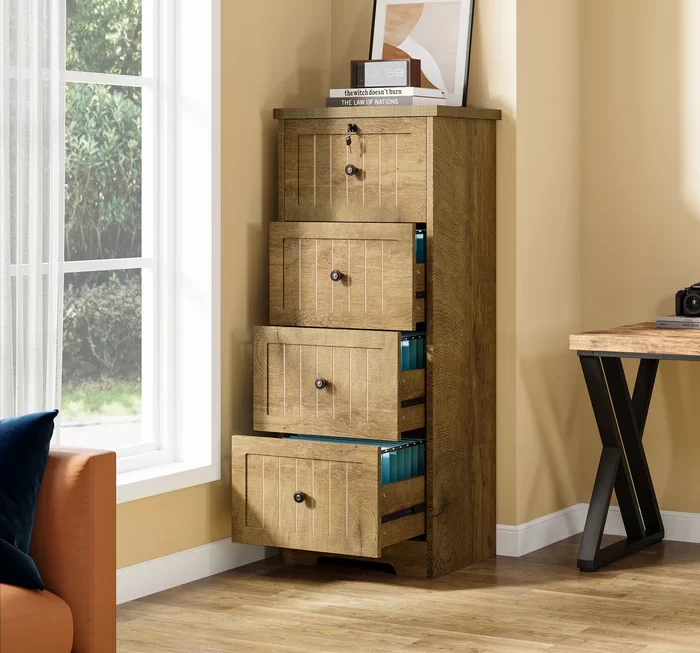Assess Cabinet and Drawer Specifications
Measure the width and thickness of doors and drawers
What size drill bit for cabinet hardware? Before selecting drill bits for cabinet hardware, accurately measure your cabinet doors and drawers. Start by measuring the width of the door or drawer’s flat surface area. Next, determine the thickness of each door and drawer. These measurements will guide your choice of appropriate hardware and drill bits.
Identify suitable hardware size based on dimensions
Based on the measurements, choose hardware that complements the size of your cabinetry. For smaller drawers or doors, opt for sleek knobs or smaller handles. Larger doors can support bigger and more ornate handles. Ensure the hardware neither overwhelms nor underlooks the cabinet’s dimensions.
Choosing the Right Drill Bits
Selecting the right size drill bit for cabinet hardware is crucial. Use the thickness of your cabinet doors and drawers to determine the necessary size. A bit too small can make inserting screws tough. Too large, and the hardware may wobble after installation.
Selecting the correct drill bit size for handle screws
For handle screws, typically M4 or #8-32, use a drill bit slightly smaller than the screw’s diameter. This ensures a tight fit without stripping. If your screw is 4mm, a 3.5mm or 7/64 inch drill bit is ideal.
Understanding drill bit types and their applications
Different drill bit types serve different purposes. Twist bits are common for wood drilling. Brad point bits create clean holes with fewer splinters. For tougher materials like metal, cobalt or titanium bits are best. Match the bit type to your cabinet material.
Creating a Template for Drilling
A template for drilling simplifies the process of hardware installation. Making your own drilling template comes with several benefits:
Benefits of using a drilling template
- Consistency: A template ensures that every drilled hole is uniform, leading to hardware that is level and fit properly.
- Time-saving: With a template, you measure once and use it for all doors and drawers. This cuts down on installation time.
- Accuracy: Templates help to avoid mistakes. They ensure holes are drilled in the intended spots.
- Reduced damage: By preventing errors, templates protect your cabinet surfaces from damage.
How to make your own template
Here’s a step-by-step guide to creating a simple template:
- Choose material: Pick a sturdy material like plastic or thin wood for your template.
- Measure hardware: Take the distance between screw holes on your hardware.
- Mark template: Use a pencil to mark these measurements on your template material.
- Cut holes: Drill or cut out where you’ve marked, making sure the holes align.
- Test it out: Place the template onto the cabinet surface and make adjustments if needed.
A self-made template is a handy tool that ensures quick and accurate drilling for cabinet hardware. With this, you can achieve a professional look without the stress that often comes with such DIY projects.
Step-by-Step Drilling Instructions
Techniques for drilling cabinet fronts
- Select the correct drill bit: Use a drill bit slightly smaller than the screw’s diameter. This prevents hardware from wobbling after installation.
- Mark the drill points: Use a pencil and a template to mark where you will drill. This ensures accuracy.
- Start with a smaller drill bit: Drill a starter hole to guide the larger bit and avoid wood splintering.
- Use the final drill bit size: Swap to the larger bit that matches your handle screw size and complete the drilling process.
- Clean the surface: After drilling, clean off any wood debris to prepare for installing the hardware.
Guidelines for drilling cabinet drawers
- Measure for center alignment: Find the center of the drawer and mark it with a pencil. This ensures symmetrical hardware installation.
- Use a template for consistency: Align your drilling template to ensure holes are evenly spaced and aligned.
- Drill the starter hole: Begin with a smaller drill bit to avoid mistakes and ensure a clean hole.
- Finish with the correct drill bit size: Use the appropriate size drill bit for your screws to finish the hole.
- Inspect and adjust: After drilling, check if the holes are aligned correctly. Adjust if necessary before installing the hardware.
Fixing Common Drilling Mistakes
How to prevent misaligned screw holes
Preventing misaligned screw holes is key to a professional cabinet hardware installation. Here are some tips to help you:
- Double-Check Measurements: Before drilling, confirm your template’s hole placements with a ruler.
- Use a Sharp Bit: A dull bit can wander, causing misalignment. Always use a sharp one.
- Apply Tape: Mark drilling points on painter’s tape on the cabinet to keep the drill bit from slipping.
- Start Small: Drill a pilot hole first. It acts as a guide for the larger bit.
- Keep It Level: Use a level when placing your template to ensure your drill will go in straight.
These steps will help maintain consistent and accurate placement of your cabinet hardware.
Handling misdrilled holes on cabinet surfaces
Mistakes happen, but misdrilled holes can be fixed. If you’ve drilled in the wrong spot, here’s what to do:
- Fill It Up: Use wood filler to plug the hole. Make sure it matches the cabinet’s color.
- Let It Dry: Wait for the filler to set. Once it’s dry, you can sand it down gently.
- Re-drill: After fixing the mistake, re-measure, and drill again using the tips mentioned to avoid another misstep.
- Cover Up: If the hole can’t be hidden, consider a larger handle or backplate to conceal it.
Addressing drilling errors carefully will keep your cabinets looking neat and tidy.
Installing the Cabinet Hardware
Once you’ve drilled the holes, it’s time to install the cabinet hardware.
Attaching knobs and handles securely
Start by gathering the knobs and handles you have chosen for installation. Align each piece of hardware with the pre-drilled holes. Insert the screws from the backside of the door or drawer front and thread them into the hardware. Tighten each screw until the handle or knob is secure, but avoid overtightening which could damage the hardware or wood.
Before moving to the next hardware installation, double-check each piece is mounted firmly and correctly aligned.
Fine-tuning and aligning hardware post-installation
After all the hardware is attached, inspect each piece to ensure it’s properly aligned. If a knob or handle is not completely straight, loosen the screw slightly, adjust its position, and then retighten the screw.
Use a level to check that handles on drawers or cabinets are parallel to the edges. This will ensure a professional appearance. If minor adjustments are needed, make them now before the final tightening of all hardware. Once aligned and tightened, go over each piece once more to ensure there are no loose parts.
Completing these steps guarantees your new cabinet hardware not only looks good but functions smoothly without any alignment issues.
Advanced Tips and Tricks
Working on cabinet hardware installation highlights several advanced techniques that turn good results into professional ones.
Using handle jigs for precision
Handle jigs guide precise hole placement for screws, enhancing uniformity and accuracy. Use them to ensure your handles are perfectly aligned across all cabinets.
Here’s a quick step-by-step on using a handle jig:
- Align the jig: Position it where you plan to install the handle.
- Mark the drill points: Use a pencil through the jig’s guide holes to mark on the cabinet.
- Drill: Employ the marks made with your jig as your guide to drill.
Jigs prevent errors, saving time and improving quality.
Handling different materials and door thicknesses
Different cabinet materials and door thicknesses require specific settings and adjustments:
- Hardwoods: Use sharp drill bits to cut cleanly without splitting.
- Softwoods or veneers: Slow down the drilling speed to avoid tearing the soft material.
- Thicker doors: Ensure you use longer screws that can securely anchor the hardware.
- Thin doors or drawers: Opt for shorter screws and drill shallow pilot holes.
Always select the correct tools and hardware suited to your cabinet’s material and thickness. This leads to secure, durable installations.






